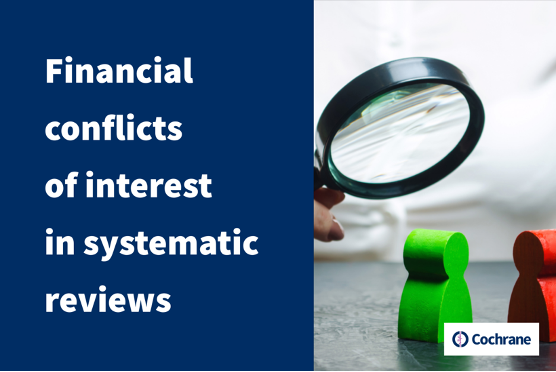
THREAD: #Prescribers, how do YOU respond to Conflicts of Interest (COI)? 👀
1/8 This thread looks at the issues highlighted in our TI Therapeutics Letter on COI
👉🏼Full Letter: ti.ubc.ca/letter136
#ConflictofInterest #MedEd #MedicalEthics
1/8 This thread looks at the issues highlighted in our TI Therapeutics Letter on COI
👉🏼Full Letter: ti.ubc.ca/letter136
#ConflictofInterest #MedEd #MedicalEthics

2/8 Kirsten is a clinical pharmacist attending a primary care conference👩🏽⚕️
When a keynote speaker reports financial relationships💰with several drug companies, Kirsten takes note🤨
Find out why she prefers #MedEd free of commercial sponsorship: ti.ubc.ca/letter136
When a keynote speaker reports financial relationships💰with several drug companies, Kirsten takes note🤨
Find out why she prefers #MedEd free of commercial sponsorship: ti.ubc.ca/letter136

3/8 Key Opinion Leaders (KOLs)
It's common practice to cultivate “expert” KOLs who are crucial to market success💵of a new drug
Payments to KOLs are reported in USA but similar disclosure does NOT exist in Canada
go.nature.com/39XdVVq
#FinancialInterests #ConflictofInterest
It's common practice to cultivate “expert” KOLs who are crucial to market success💵of a new drug
Payments to KOLs are reported in USA but similar disclosure does NOT exist in Canada
go.nature.com/39XdVVq
#FinancialInterests #ConflictofInterest

4/8 Authors with #FinancialInterests are more likely to publish positive results
A @CochraneLibrary review of nearly 200 RCTs published in major journals found 68% had personal financial ties between principal investigators, drugmakers bit.ly/3MOhyv9
#PublicationBias
A @CochraneLibrary review of nearly 200 RCTs published in major journals found 68% had personal financial ties between principal investigators, drugmakers bit.ly/3MOhyv9
#PublicationBias

5/8 How a study is designed can shape packaging of takeaway messages to prescribers
Commercial influence on trial design can include:
✅Nature of the hypothesis
✅Choice of comparators
✅Outcome definitions
✅What results are ultimately reported (or not)
ti.ubc.ca/letter136
Commercial influence on trial design can include:
✅Nature of the hypothesis
✅Choice of comparators
✅Outcome definitions
✅What results are ultimately reported (or not)
ti.ubc.ca/letter136

6/8 Professional healthcare groups often counsel members to identify and avoid actual, potential or perceived COIs
@CMA_Docs: Doctors have responsibility to ensure "collaboration with industry primarily serves the interests of their patients & the public" bit.ly/3sU3dFu
@CMA_Docs: Doctors have responsibility to ensure "collaboration with industry primarily serves the interests of their patients & the public" bit.ly/3sU3dFu

7/8 Therapeutics Initiative (TI) approach to COI
The TI is an independent org'n, separate from gov't, pharma, other vested interests
We believe independent evidence assessments of drug therapies are needed to ⚖️ industry-sponsored information sources
ti.ubc.ca/letter136
The TI is an independent org'n, separate from gov't, pharma, other vested interests
We believe independent evidence assessments of drug therapies are needed to ⚖️ industry-sponsored information sources
ti.ubc.ca/letter136

8/8 Back to Kirsten's conference
Post-presentation, she gives the organizers feedback: "Please aim for unconflicted speakers next time"
She also plans to seek high quality #prescribing information, primarily evidence from unconflicted systematic reviews ti.ubc.ca/letter136
Post-presentation, she gives the organizers feedback: "Please aim for unconflicted speakers next time"
She also plans to seek high quality #prescribing information, primarily evidence from unconflicted systematic reviews ti.ubc.ca/letter136

@threadreaderapp unroll SVP
• • •
Missing some Tweet in this thread? You can try to
force a refresh





















